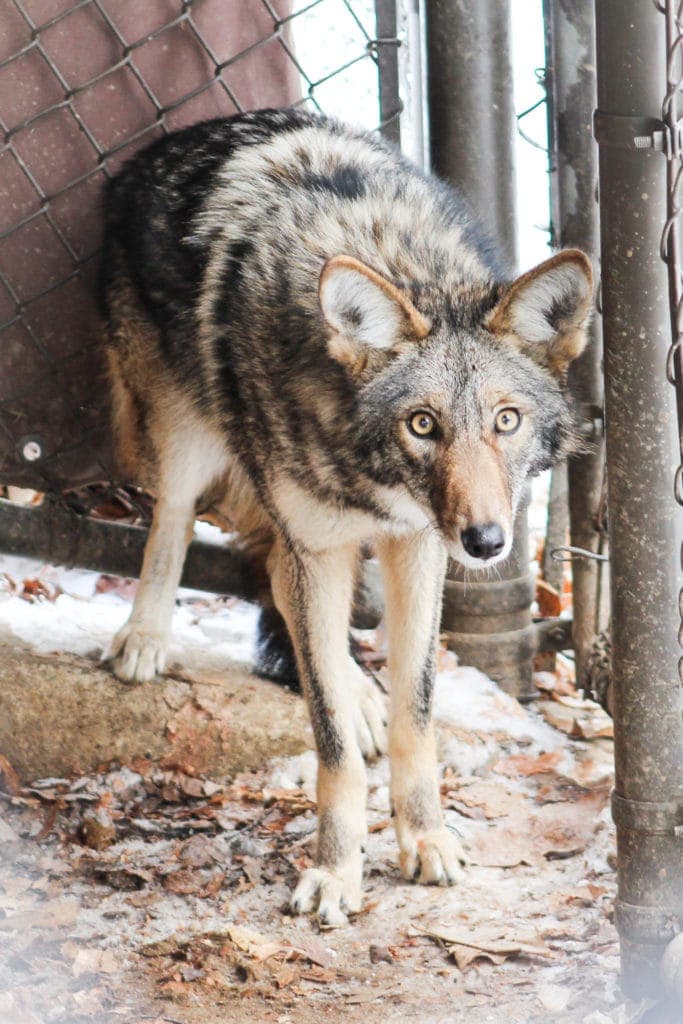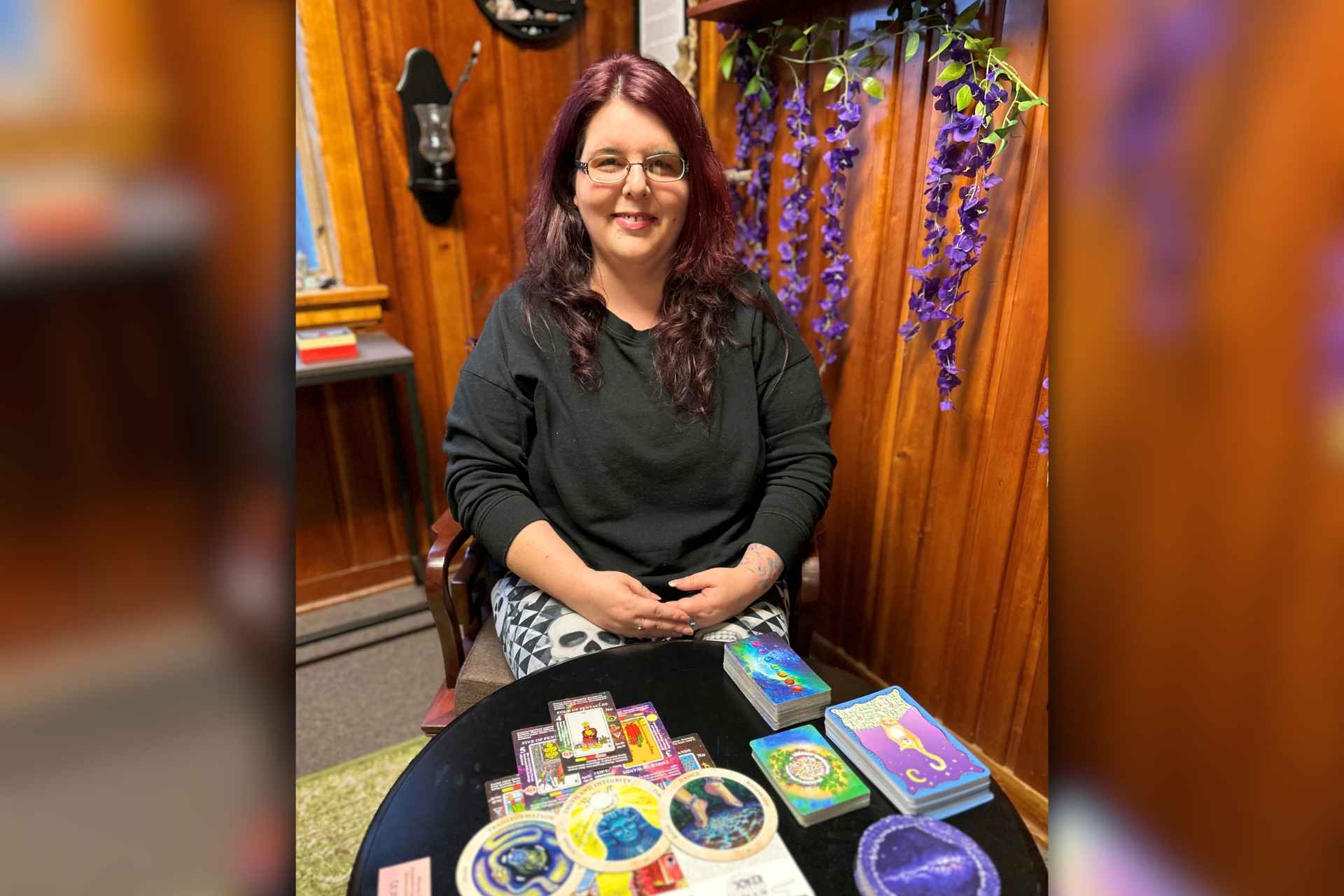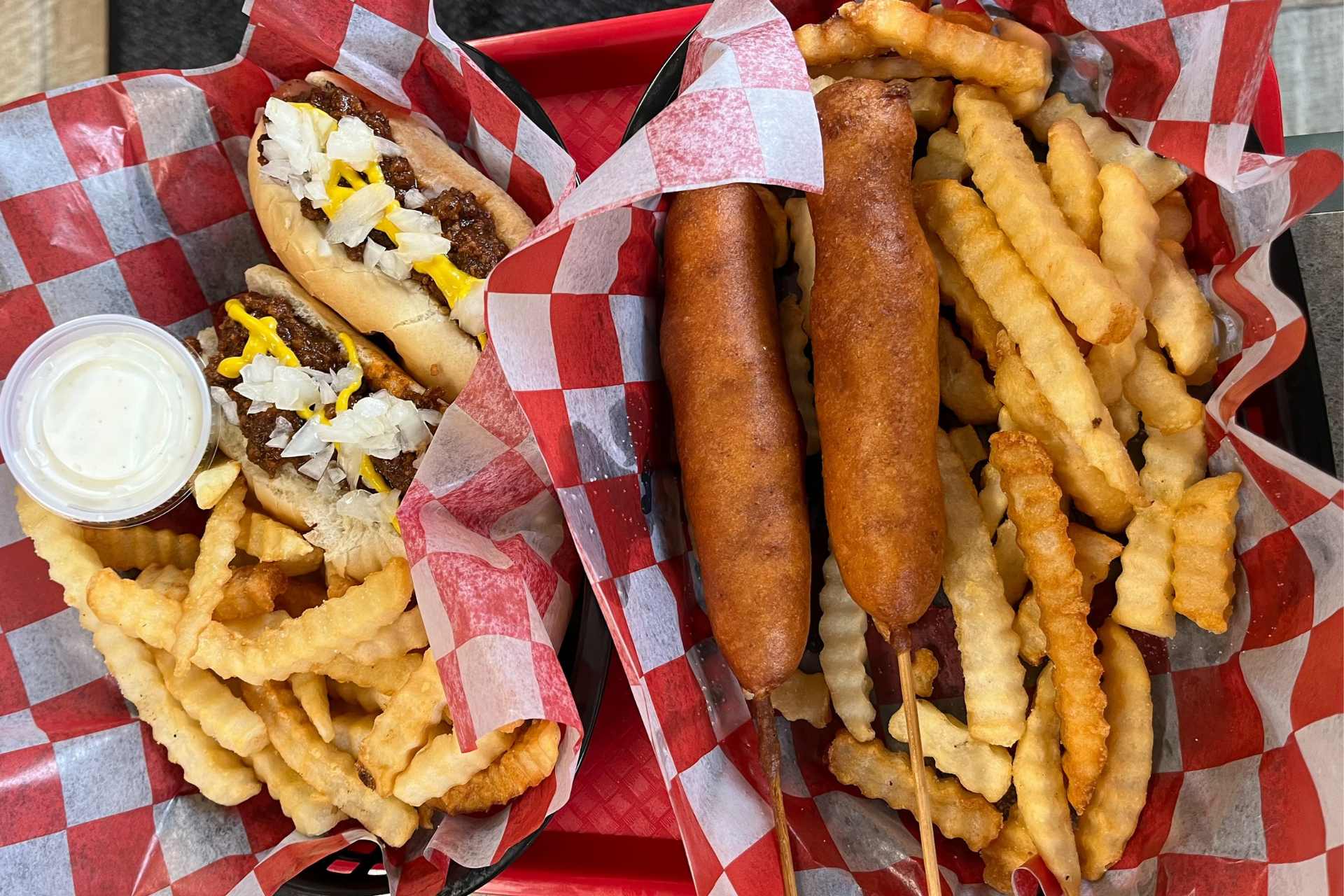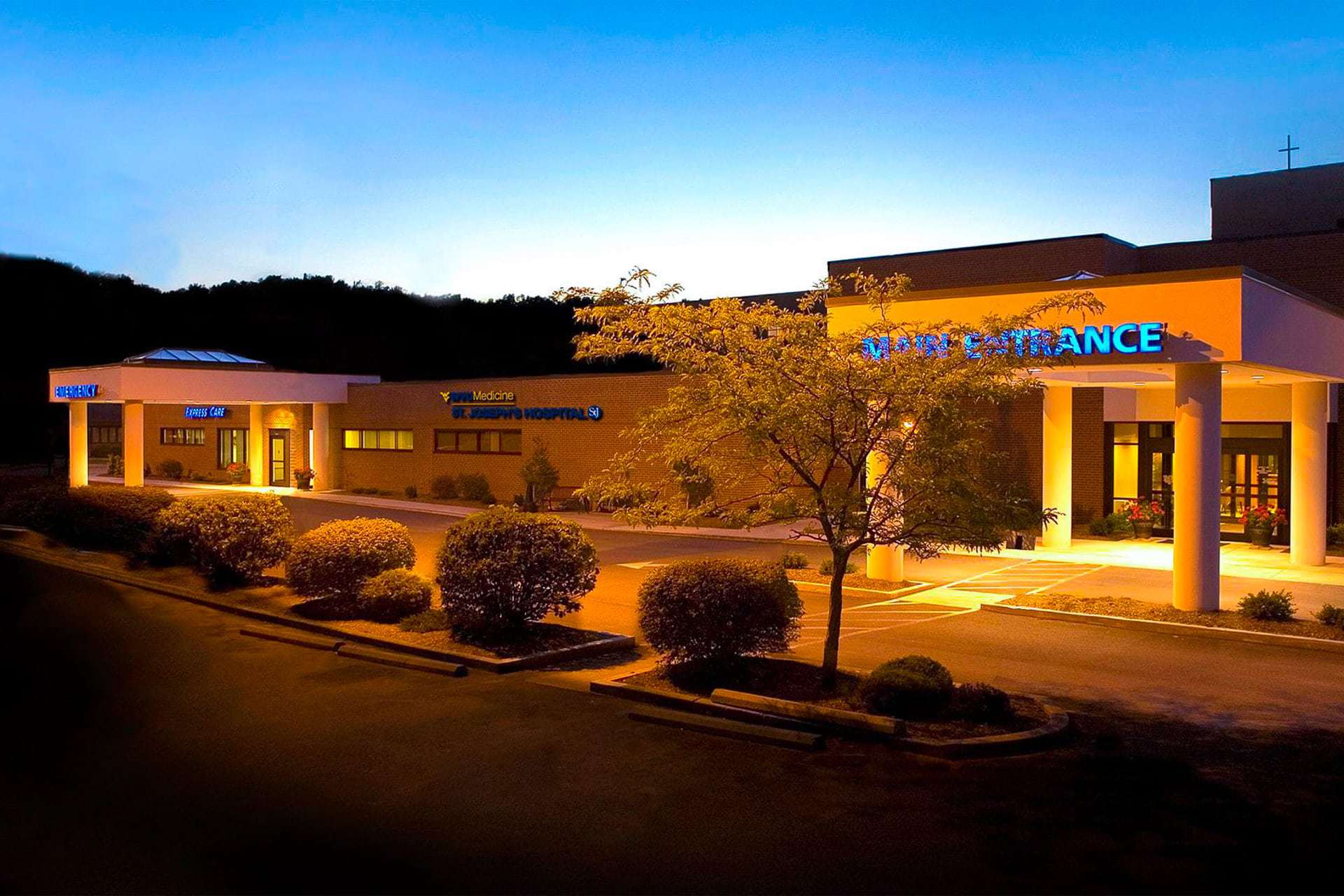BUCKHANNON – Spring is just around the corner, and that means people might start seeing more wild animals – including coyotes.
Wildlife biologist for the West Virginia Wildlife Center Tyler Evans said breeding season for eastern coyotes is coming to an end, and that could mean more of them may be hanging around.
“They can be seen year-round, but you can see an uptick in the spring and summer … when they’re trying to get their young raised and get them acclimated to the landscape,” Evans said.
Eastern coyotes – those that live in the eastern part of the U.S. – are a member of the canine family native to North America.
With the warmer weather approaching, domesticated pets may be more inclined roam farther away from home or be outside more. However, Evans said that may not always be a good idea with coyotes out and about more.
“You’re going to want to keep any domestic animals that you really care about close to the house,” Evans said. “You’re going to want to try to keep them inside if at all possible and if not, don’t put them far out there in harm’s way because we are in a pretty rural setting.”
He said coyotes are opportunistic and tend to adapt their feeding habits to what is available.
“The areas where you’re going to see more coyotes is where there’s a lot more of an abundance of priority items whether it’s deer, rabbits or rodents, anything like that or in a more of an urban case, cats that are roaming around out in the neighborhood can certainly end up meeting a similar fate,” Evans said.
According to the W.Va. Division of Natural Resources website, coyotes primarily prey on white-tailed deer and rodents, but their appetites are adaptable.
“It has been said that the coyote’s favorite food is anything they can chew,” the DNR website says. “The coyote is a carnivore that is able to adapt to the available food supply. Their diet also consists of rabbits, groundhogs, ruffed grouse, turkeys, chipmunks, squirrels, muskrats, fruits, berries, carrion and the occasional house cat.”
But there are steps people can take to prevent their domesticated pets from becoming a coyote’s dinner. For instance, coyotes are more likely to approach a home if there is something to entice them. Evans recommended not leaving any food on porches or close to your home because that could draw them in.
“Dealing with coyotes is similar to other wild animals,” Evans said “Whether it’s a raccoon, bear or coyote, you don’t want to leave food out on the porch, just because your cat or your dog likes it. Other animals are probably going to like it, or they’re going to like something that’s coming in there to get into it.
“So definitely limiting the opportunities for them to come around is the best method of keeping them away from the home because they’re not just showing up out of some random nature.”

Evans said coyotes are part of West Virginia’s natural ecosystem and play a key role.
“Whether it’s a coyote or Bobcat or bear, it’s a predator that’s out there,” Evans said. “They’re widespread across the state of West Virginia, they’re all serving their respective purposes as a predator species.”
Evans said coyotes weren’t always so prevalent in West Virginia, but they were first sighted in the 1970s.
He said they migrated in from out West after wolves were eradicated from the state.
“The biggest thing about coyotes is they are a natural part of the modern-day ecosystem in West Virginia, very adaptive to their environment and very resilient, so it’s better to know they are going to be out there regardless,” Evans said. “In reality, they’re really for a lot of prey items, whether you’re talking about rodents, or even deer and a lot of areas of the state where we’re overpopulated with deer, they’re probably doing as much good as harm because they’re keeping numbers in check, and that ends up helping to prevent issues with shortages and resources, disease, things like that.”




















